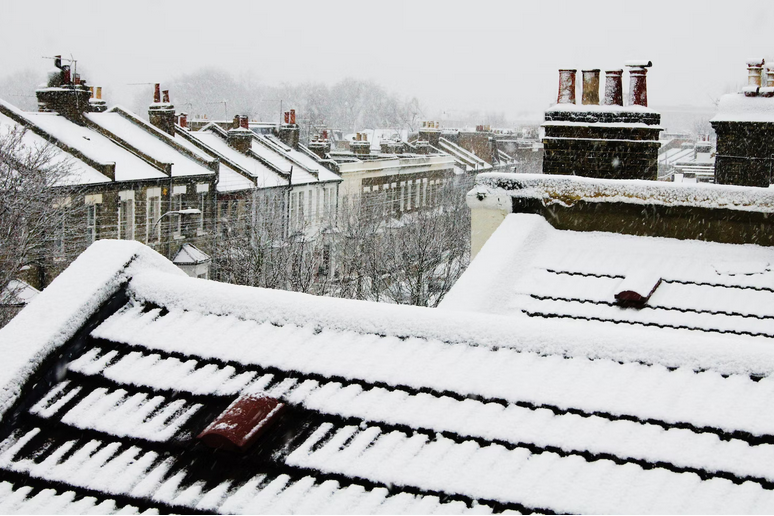Your roof is one of the most important components of your home, and it’s crucial to keep it in good condition to protect your investment and ensure your family’s safety. One way to do this is by conducting regular roof inspections. While an annual inspection is essential, seasonal roof inspections can help you catch issues before they become major problems. In this article, we’ll guide you through the importance of seasonal roof inspections and when to perform them to keep your roof in top shape. For more information, visit https://www.futuristarchitecture.com/114272-why-roof-inspections-are-key-to-a-secure-and-cozy-home.html.
Spring Inspection (March to May)

As winter fades away and spring arrives, it’s the perfect time to assess your roof. Spring inspections are essential for several reasons:
- Winter Damage: Winter can be harsh on your roof, with ice dams, snow accumulation, and freezing temperatures causing potential damage. Inspect for loose or missing shingles, ice dam damage, and any signs of leaks that may have occurred during the winter.
- Gutters and Downspouts: Clear out any debris from your gutters and downspouts to ensure proper drainage. Clogged gutters can lead to water pooling on your roof, potentially causing leaks and structural damage.
- Tree Limbs: Trim any overhanging tree branches that could scratch or damage your roof during spring storms and high winds.
Summer Inspection (June to August)
Summer is a great time for a roof inspection because the weather is usually more predictable. Here’s what to focus on during your summer check:
- Sun Damage: The strong summer sun can be tough on roofing materials. Inspect for signs of shingle deterioration, including curling, blistering, or fading.
- Ventilation: Ensure that your attic ventilation is working correctly. Proper ventilation helps regulate the temperature in your attic, preventing heat buildup that can damage your roof from the inside.
- Moss and Algae: In humid climates, moss and algae can thrive on roofs. Remove any growth to prevent it from causing damage over time.
Fall Inspection (September to November)

Before winter sets in, it’s crucial to conduct a fall roof inspection. Here’s what to look for:
- Clean Gutters: Clear your gutters again to prepare for the winter months. Leaves and debris can lead to ice dams and water backup during the colder season.
- Shingle Check: Examine your shingles for any damage that may have occurred during the summer, like loose or missing shingles. Replace damaged shingles promptly.
- Flashing and Sealant: Inspect roof flashing around chimneys, vents, and skylights, as well as any roof sealant. Replace or repair any damaged areas to prevent leaks.
Winter Inspection (December to February)

While it may seem counterintuitive to inspect your roof during the winter, it’s still essential. Here’s what to focus on:
- Ice Dams: Check for the formation of ice dams and any signs of water leakage. Ice dams can be particularly damaging to your roof and should be addressed promptly.
- Snow Removal: If your area experiences heavy snowfall, consider safely removing excess snow from your roof to prevent structural damage.
- Interior Inspection: During the winter, keep an eye out for signs of roof issues from inside your home, such as water stains on ceilings or walls, which may indicate a leak.
Regular seasonal roof inspections are a proactive way to ensure the longevity and functionality of your roof. By addressing issues promptly, you can prevent costly repairs and extend the lifespan of your roofing system. Whether it’s spring, summer, fall, or even winter, there’s never a wrong time to ensure your roof is in top-notch condition. So, mark your calendar and make seasonal roof inspections a routine part of your home maintenance schedule. Your roof and your peace of mind will thank you for it.
Comments are closed